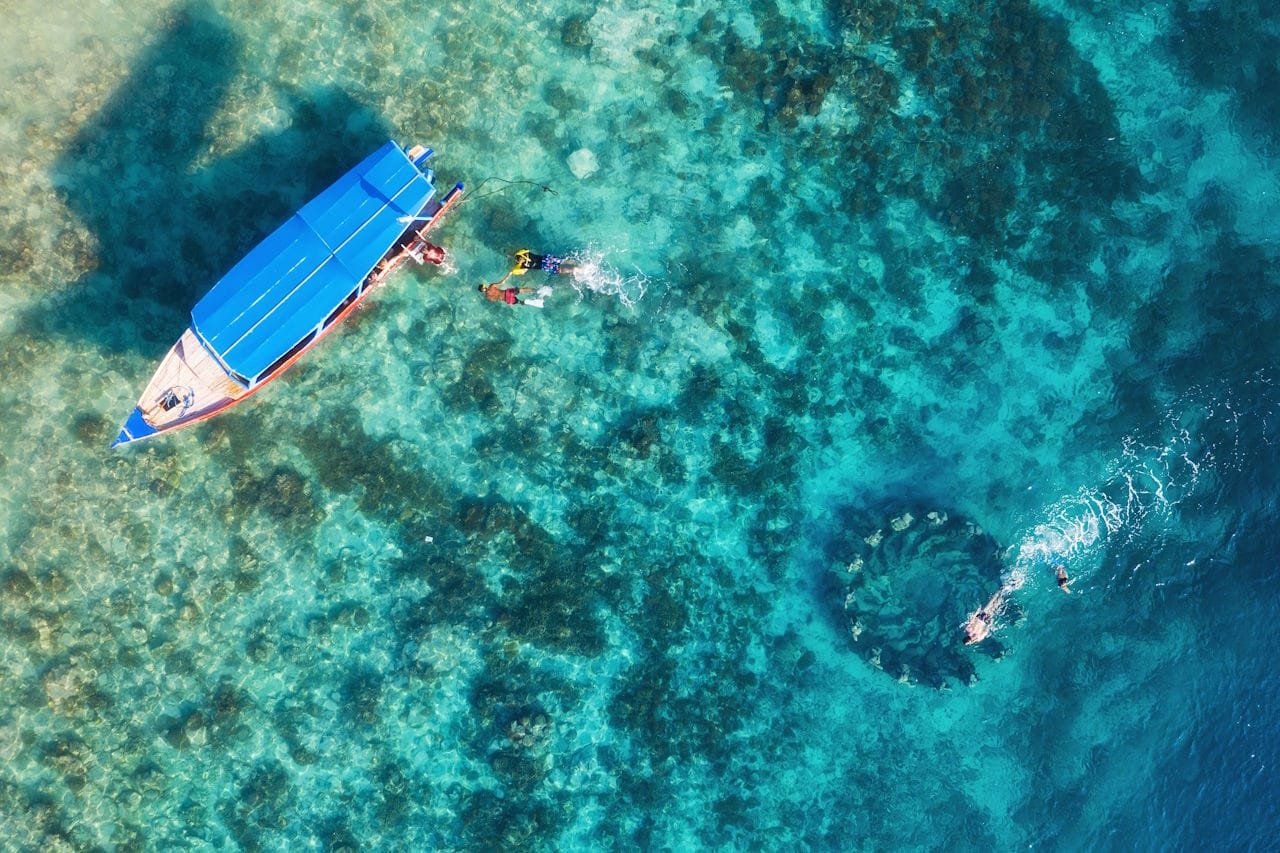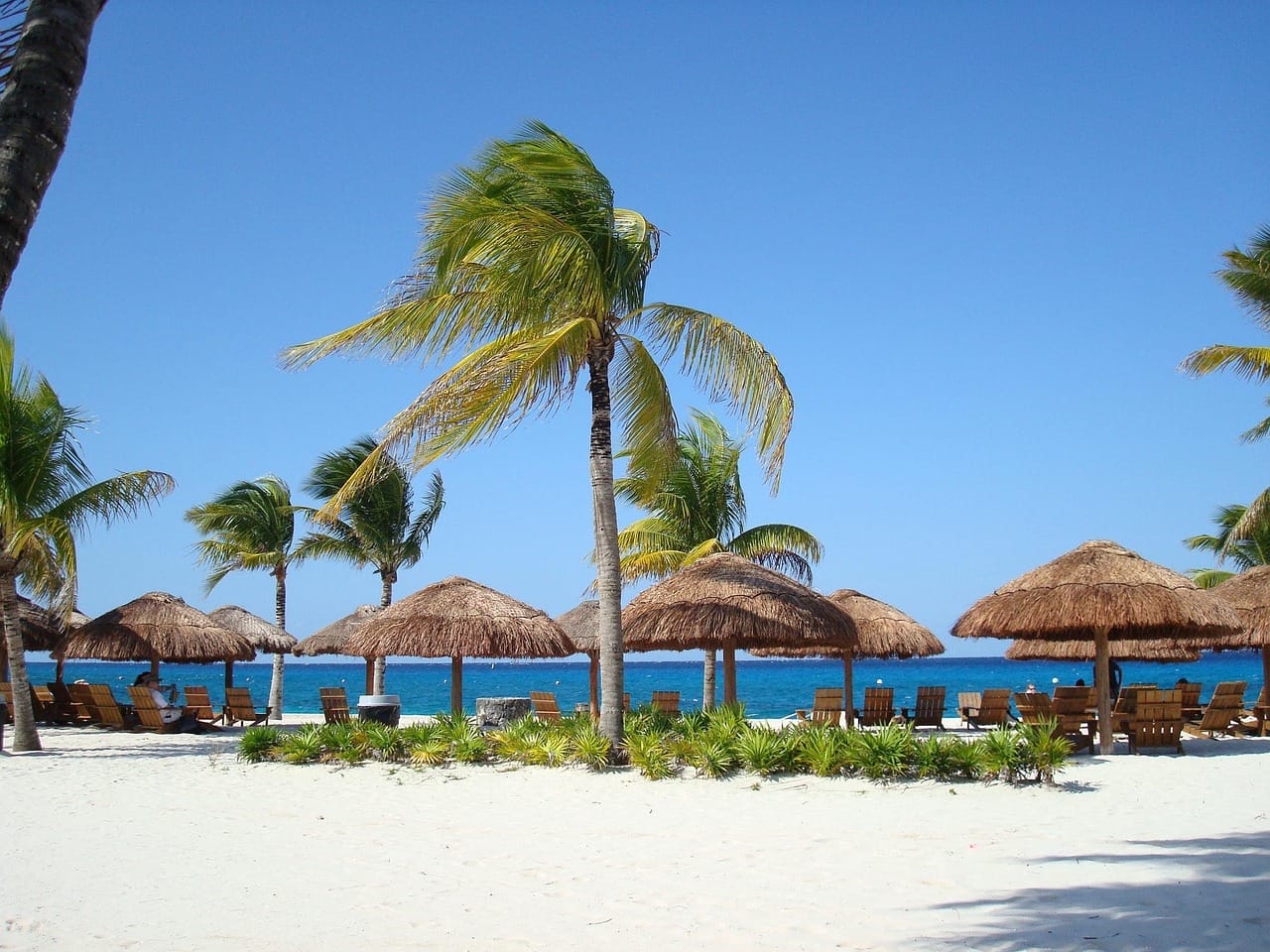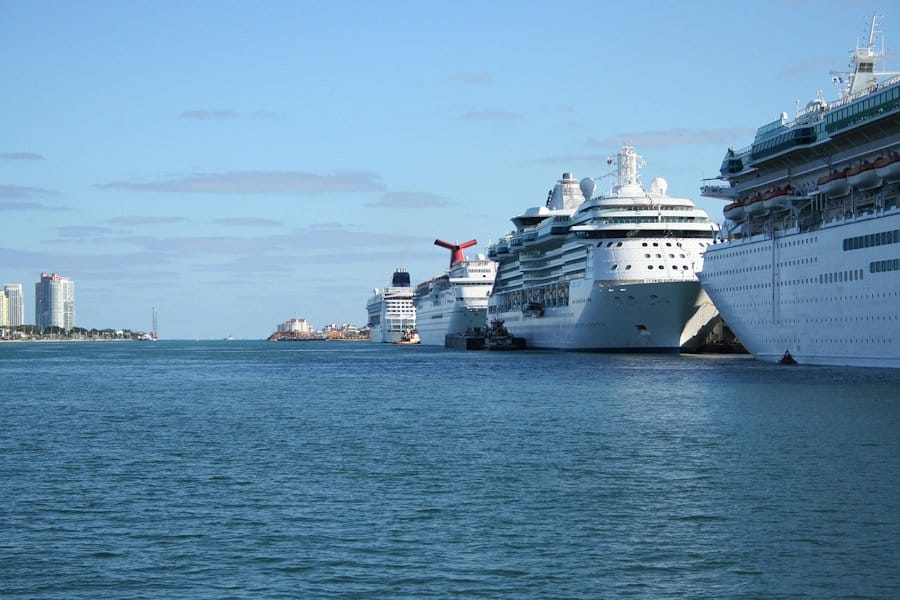Home » What does a cruise ship do with human waste?
What does a cruise ship do with human waste?
Updated October 13th, 2025
Older ships have in the past dumped human waste into the ocean once the ship was 12 nautical miles away from port, however this is a rare occurrence today, especially among the major cruise line operators.
Cruise ships, often compared to floating cities, host thousands of passengers and crew, generating significant waste during their voyages.
Among the most critical types is human sewage, alongside other waste streams like food scraps and recyclables.
Modern cruise ships are equipped with advanced systems to manage this waste responsibly, ensuring minimal environmental impact.
Here is how cruise ships handle wastewater, comply with regulations, and adopt sustainable practices, allowing passengers to enjoy their vacation with confidence in the industry’s eco-conscious efforts.
Wastewater on Cruise Ships: Types and Treatment
Cruise ships produce two main types of wastewater: black water and gray water.
Black water includes waste from toilets, while gray water comes from sinks, showers, and laundries.
Contrary to outdated myths, cruise lines no longer dump untreated waste into the ocean.
Instead, modern vessels are fitted with sophisticated wastewater treatment systems to process both types responsibly.
These systems use advanced onboard treatment plants to filter, disinfect, and purify wastewater.
The process begins with bioreactors, where bacteria break down organic matter in black water.
Chemical treatments and ultraviolet disinfection follow, ensuring the treated water meets or exceeds international standards.
The resulting water is often cleaner than that from many municipal systems.
Treated wastewater is discharged far from shore in permitted areas, adhering to strict regulations.
Solid waste is separated, dehydrated, and stored in airtight tanks for disposal at port or incineration onboard, ensuring no environmental harm.
The Scale of Waste Production
The volume of waste generated on a cruise ship is staggering.
A large vessel carrying 3000 passengers and crew can produce over 200000 gallons of black water and up to a million gallons of gray water per week.
This scale underscores the need for robust treatment systems.
For comparison, a single passenger generates about 10 gallons of black water and 50 gallons of gray water daily, multiplied across thousands of people over days or weeks at sea.
To manage this, cruise lines like Royal Caribbean and Norwegian invest in cutting-edge technology. Bioreactors and advanced filtration systems work continuously to process waste, ensuring compliance with environmental standards.
These systems are monitored by dedicated crew members trained to maintain equipment and uphold regulatory requirements, keeping the ship’s operations eco-friendly.
Compliance with International Regulations
Cruise ships operate under strict international guidelines to protect marine environments. The International Convention for the Prevention of Pollution from Ships (MARPOL) sets rigorous standards for waste discharge.
Ships must treat wastewater to remove harmful contaminants before release, and discharges are only permitted in designated areas far from shore.
In sensitive regions like Alaska or the Galapagos, even stricter rules apply. These areas often require zero discharge or enhanced treatment to safeguard delicate ecosystems, such as coral reefs or marine habitats.
Cruise lines face regular inspections to ensure compliance. Port authorities and international regulators check treatment systems and waste logs, holding ships accountable.
Non-compliance can result in hefty fines or operational restrictions, motivating cruise lines to prioritize environmental responsibility.
Beyond Sewage: Managing Other Waste Streams
Cruise ships generate more than just sewage. Food scraps, plastics, glass, and metals are other significant waste streams. Modern vessels handle these creatively to minimize environmental impact.
Food scraps, for instance, are processed through biodigesters, which use microorganisms to break down organic matter into a safe, smoothie-like mixture.
This mixture is discharged far from shore in compliance with regulations, ensuring no harm to marine life.
Recyclables like plastics, glass, and metals are sorted and compacted onboard for offloading at ports. Some cruise lines, such as Royal Caribbean, aim for zero landfill status by recycling as much as possible.
Glass is crushed into sand-like particles, metals are baled, and plastics are compressed for recycling facilities.
These efforts reduce the ship’s environmental footprint and align with the industry’s sustainability goals.
The Push for Sustainability
The cruise industry is increasingly focused on sustainability, driven by passenger demand and regulatory pressure.
Lines like Princess Cruises and Carnival have adopted eco-friendly practices, such as energy-efficient systems and reduced single-use plastics.
Advanced wastewater treatment systems are part of this broader commitment, reflecting significant investments in technology and crew training.
Some ships use renewable energy sources, like solar panels or shore power, to reduce emissions while docked.
Others implement water-saving technologies, such as low-flow showers, to decrease gray water production.
These innovations demonstrate the industry’s dedication to protecting oceans and coastal ecosystems, ensuring cruising remains a viable and responsible form of travel.
How Passengers Can Contribute
Travelers play a role in supporting sustainable cruising. Simple actions can make a difference:
- Minimize Waste: Use reusable water bottles, avoid single-use plastics, and limit food waste at buffets.
- Choose Eco-Conscious Lines: Research cruise lines’ environmental policies before booking. Look for those with strong sustainability commitments, like Royal Caribbean’s zero landfill goals.
- Conserve Water: Be mindful of water usage in cabins, as every gallon saved reduces the load on treatment systems.
- Dispose Properly: Use designated recycling bins onboard for plastics, glass, and paper.
By making conscious choices, passengers support the industry’s green initiatives and help protect the oceans they sail.
Planning for a Sustainable Cruise
Before booking, check your cruise line’s environmental policies. Most major lines publish sustainability reports or detail their waste management practices on their websites.
For example, Norwegian’s site highlights its advanced wastewater treatment systems, while Carnival emphasizes recycling efforts.
Knowing what to expect helps you choose a line aligned with your values.
When packing, consider eco-friendly toiletries, such as biodegradable shampoos or bar soaps, to reduce environmental impact.
If bringing grooming devices like hair dryers or curling irons, ensure they comply with the ship’s electrical and safety regulations to avoid confiscation.
A cruise-approved, non-surge-protected power strip can help manage limited cabin outlets, supporting your personal care routine without compromising safety.
The Role of Technology and Crew
The success of cruise ship waste management relies on advanced technology and dedicated crew.
Engineers maintain treatment systems, ensuring bioreactors, filters, and disinfection units operate smoothly.
Environmental officers oversee compliance with regulations, conducting regular tests on treated wastewater.
Cabin stewards and waste management teams handle recyclables and solid waste, ensuring proper sorting and storage.
These efforts are often invisible to passengers, who see only the ship’s luxurious amenities.
Yet, behind the scenes, this complex infrastructure keeps the vessel environmentally responsible, allowing guests to focus on enjoying their vacation.
The Verdict: Eco-Friendly Cruising
Cruise ships generate substantial waste, including human sewage, but modern vessels manage it with sophisticated treatment systems.
Black and gray water are processed to meet stringent international standards, while food scraps and recyclables are handled creatively to minimize environmental impact.
Regulations like MARPOL ensure compliance, especially in sensitive regions. Passengers can support these efforts by choosing eco-conscious cruise lines and minimizing waste.
By understanding these systems, travelers can appreciate the engineering that keeps cruises clean and sustainable.
Enjoy breathtaking ocean views, vibrant ports, and onboard luxuries, knowing your voyage treads lightly on the planet.

RECENT POSTS

Discover the Cruise Ports of Eastern Canada & Quebec

Inside the Worst Cruise Lines: Lowest-Rated Ships and Why They Disappoint

Snorkeling in Cozumel: A Cruise Passenger’s Guide for Your Port Day

How to Make the Most of a Short Port Stop in Cozumel

Cruise Ship Ports in Florida

